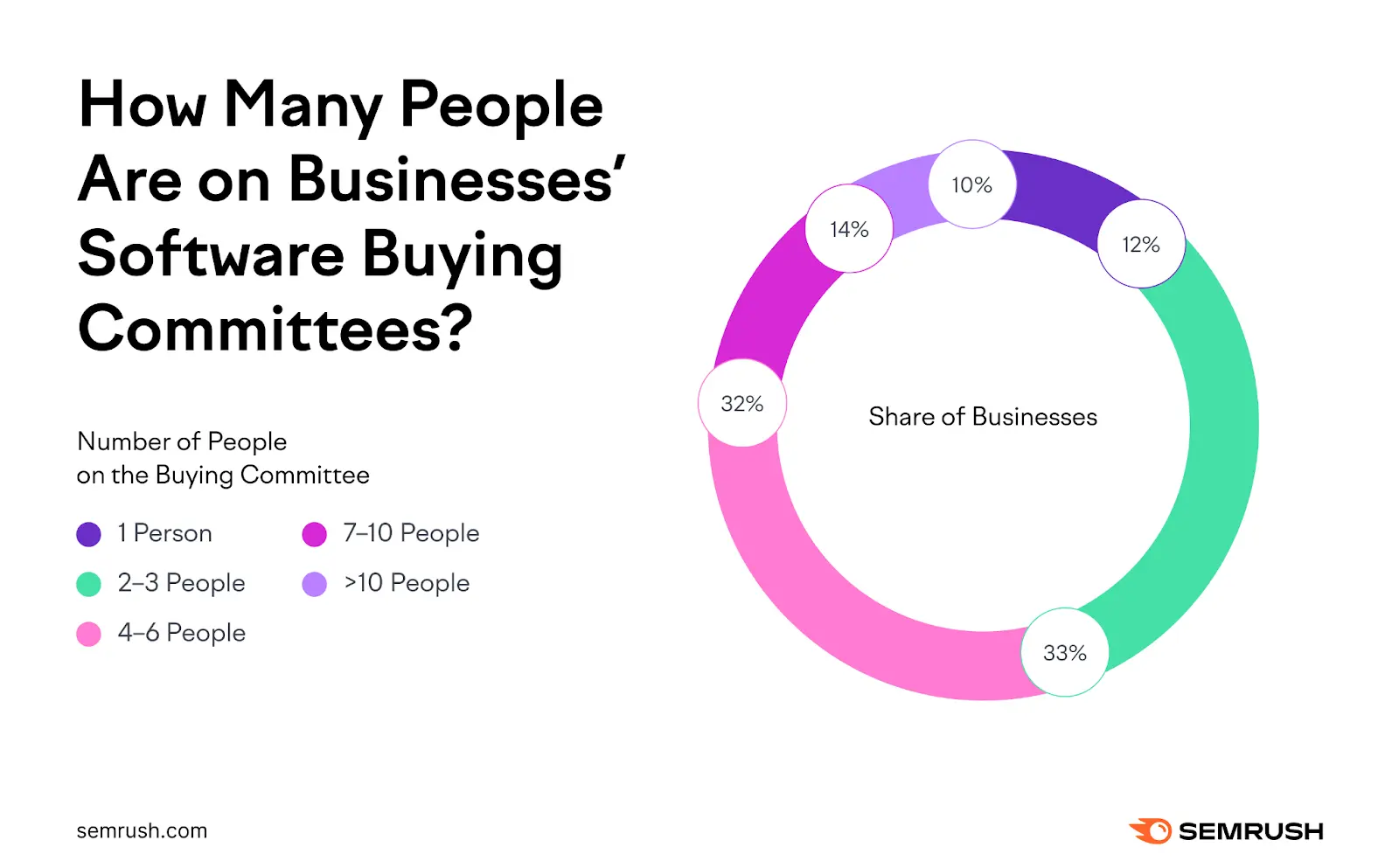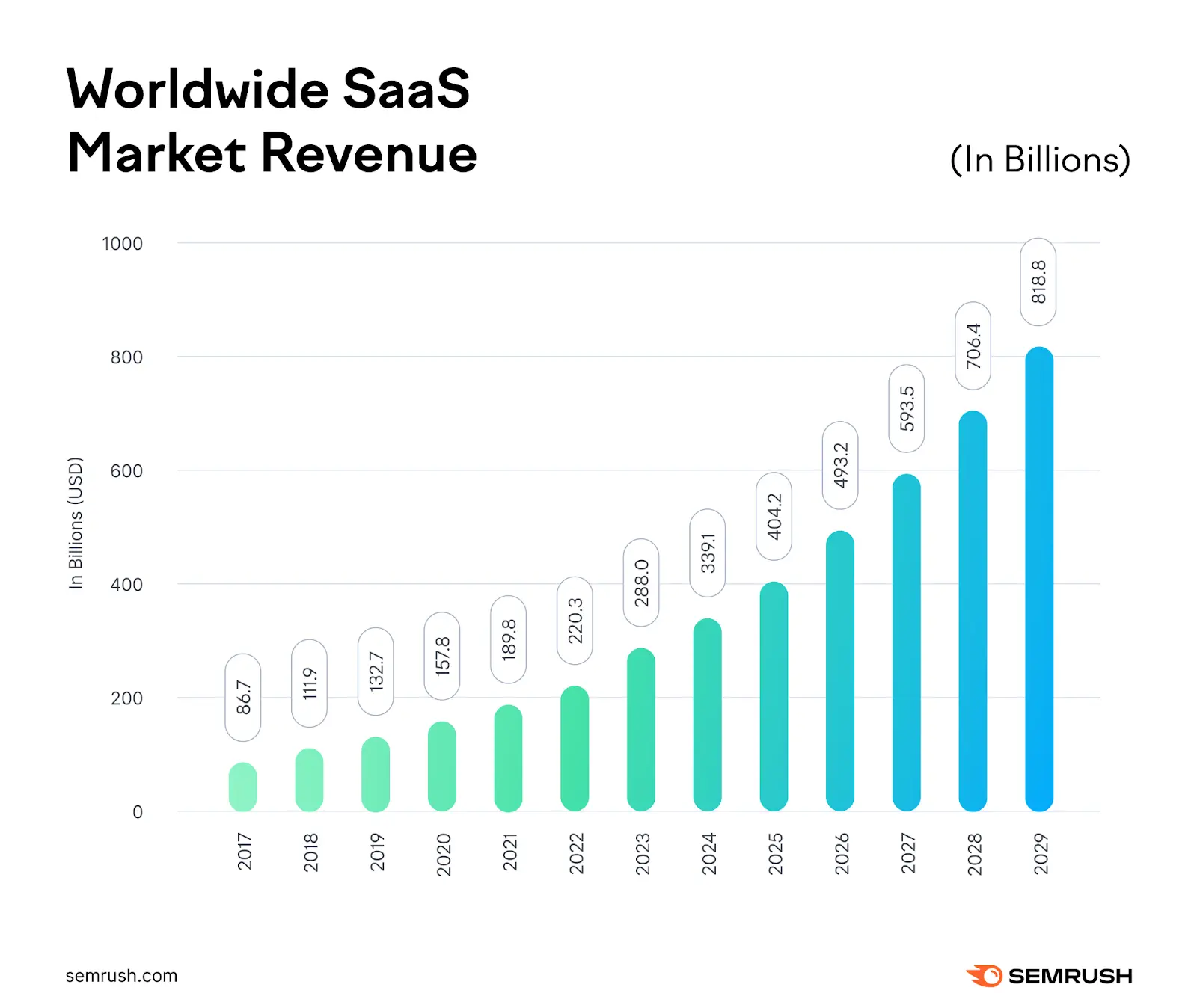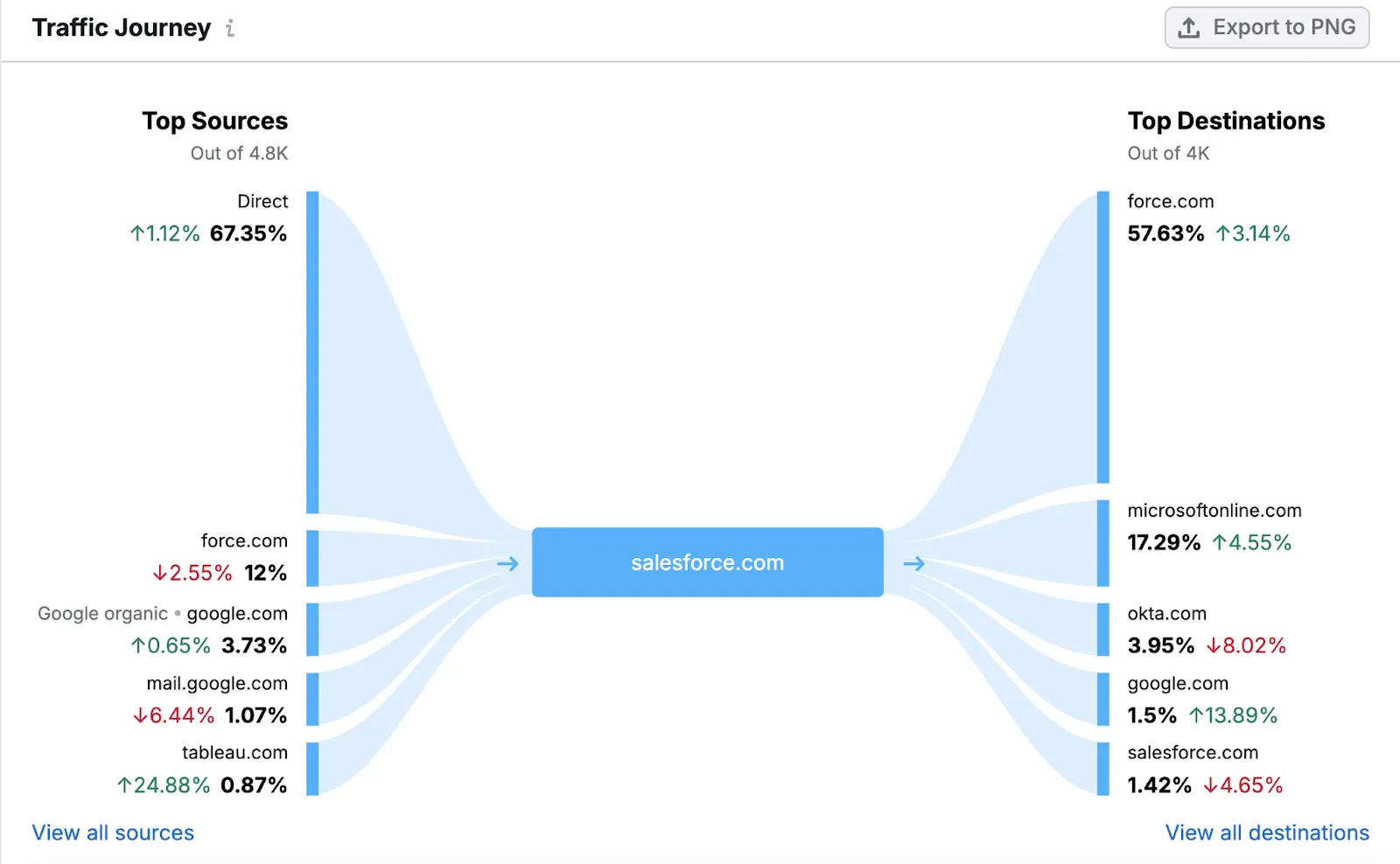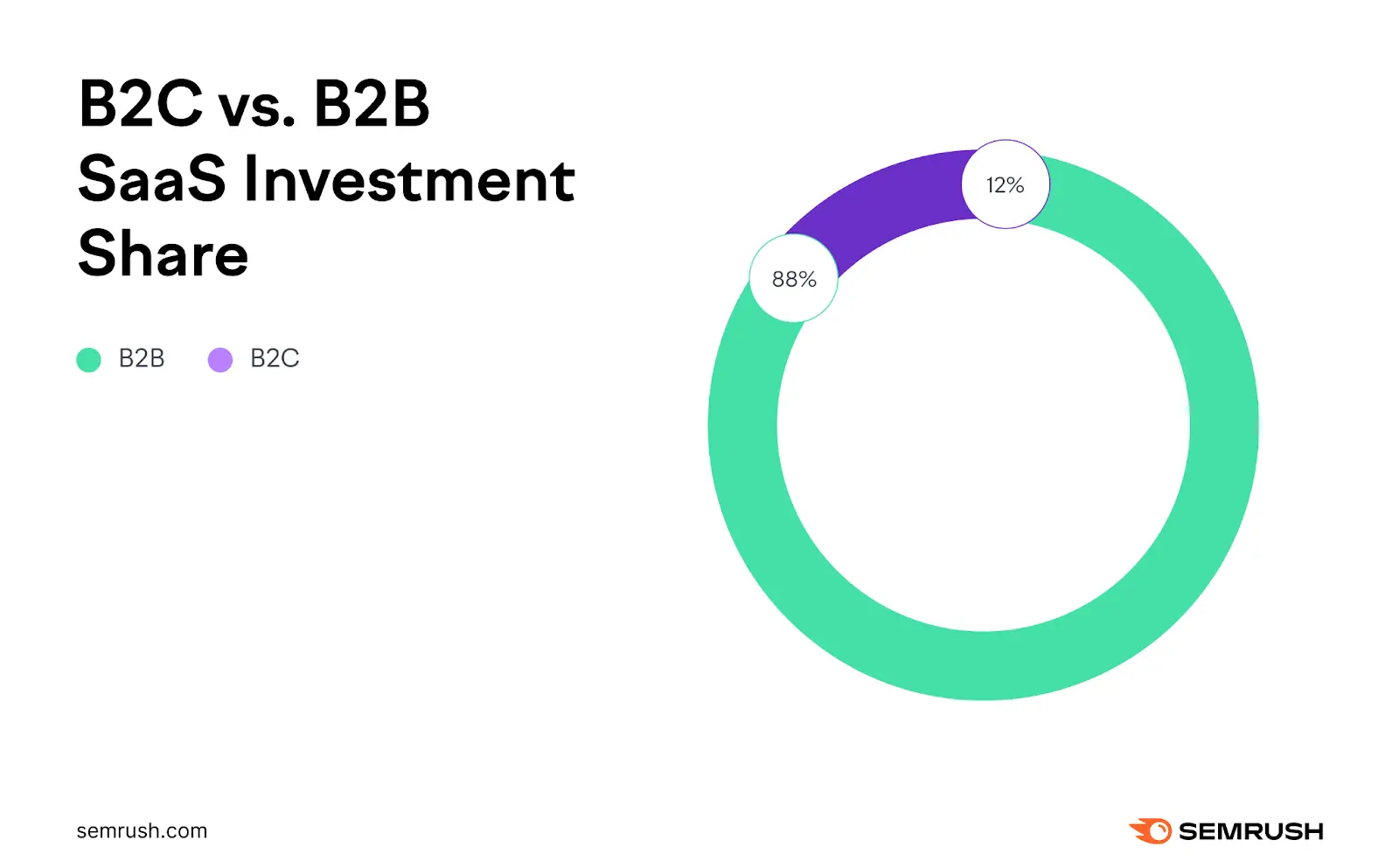Let’s talk about keyphrase distribution – something that often feels like a puzzle but really isn’t that tricky once you understand the basic ideas.
I’ve been working with SEO for years and I’ve seen people get really hung up on this.
It’s all about finding that sweet spot that Goldilocks zone where you’re using your keywords enough to satisfy search engines without making your text sound robotic and unnatural.

Understanding Keyphrase Distribution: It’s Not Just About Keyword Stuffing
Think of it this way: you’re writing a story right? You wouldn’t just repeat the same word over and over would you? It’d be jarring and frankly a bit boring to read. Search engines are the same way – they want content that’s both informative and engaging for people. Keyphrase distribution is about weaving your target keywords naturally into your text so it flows nicely reads well and signals to Google what your page is all about.
This isn’t about cramming your keywords everywhere.
That’s “keyword stuffing” and it’s a big no-no.
Search engines can spot it a mile away and it’ll hurt your rankings.
Instead it’s about strategically placing your keywords and related phrases throughout your content to make it clear both to search engines and to humans what your page is about.

You want a natural distribution not a forced one.
The Importance of Context and Readability
Imagine you’re writing about “best dog breeds for small apartments.” You wouldn’t just repeat “best dog breeds for small apartments” endlessly.
Instead you might talk about “small dogs” “apartment-friendly breeds” “low-shedding dogs” or “easy-to-train dogs.” These are all related keywords that reinforce your main topic without making the text sound repetitive.
It’s a subtle difference but it’s a huge one for search engines and readers alike.

Your goal should be informative writing that naturally includes relevant keywords and phrases.
Getting the balance right is key.

If you mention your keyphrase too many times early on in your text then rarely later on then you’ll confuse Google.
It’s like starting a story with a bang and then ending it with a whimper! Google needs to see consistent use of your keyphrases and related terms throughout your content to understand the topic.
They need to see a cohesive narrative – a natural flow that’s interesting for people to read.
But it’s also crucial to avoid over-optimization.
Too many keywords too close together can result in unnatural sounding content that’s difficult for people to read.
Tools and Techniques for Balanced Keyphrase Distribution
Several SEO tools can help you analyze keyphrase distribution.
Yoast SEO is a popular one offering feedback on your keyword usage and suggesting improvements.

Some tools even offer AI-powered suggestions to help you rephrase sentences or add synonyms making the process less of a headache.
These tools aren’t perfect; you’re still the one in control of the writing and the quality.
They are there to offer helpful tips and to give you an overview of your keyphrase usage.
It’s important to remember that readability and context still take precedence over any SEO tool’s suggestions.
Hey, you made it this far! Want to level up your SEO game and finally crack the keyphrase distribution code? 🤔 Check out this killer guide, it’s got all the answers! 🚀

Using Synonyms and Related Keyphrases
One of the best ways to improve keyphrase distribution is to use synonyms and related keyphrases.
Instead of constantly repeating “dog” you might use “canine” “pup” “doggo” or “man’s best friend.” This not only improves readability but also helps you target a broader range of search terms.
This can help a great deal.

For example if you’re writing about “organic dog food” you might also include terms like “natural dog food” “grain-free dog food” or “healthy dog food.” All these phrases relate to your main topic and help you rank for more relevant search queries.
The Power of LSI Keywords
LSI keywords (Latent Semantic Indexing) are terms that are semantically related to your main keywords.
They’re words and phrases that often appear together in the same context.
Using LSI keywords is a great way to show Google that you’re an expert on your topic and that you’re providing valuable comprehensive information.
LSI keywords provide context and depth showing search engines that you’re covering the subject thoroughly.
It’s important to choose LSI keywords that are naturally relevant to your content.
Don’t just stuff them in; use them naturally and meaningfully to enhance your readers’ understanding.
Think carefully about the keywords that naturally fit into your writing.
Hey, you made it this far! Want to level up your SEO game and finally crack the keyphrase distribution code? 🤔 Check out this killer guide, it’s got all the answers! 🚀
Don’t just add keywords to your text because an SEO tool recommends them.
Only add words that add value and meaning to your writing.
Analyzing Keyword Density: A Balanced Approach
Keyword density is often misinterpreted and misunderstood.
It refers to the percentage of times a keyword appears on a page compared to the total number of words.
While there’s no magic number for ideal keyword density aiming for a natural distribution is better than trying to hit a specific target.
Keyword density is an old-school SEO metric and while it can still give some indication of keyword prominence its importance has diminished.
Instead of focusing solely on density focus on distributing your keywords and related terms naturally and strategically throughout your content.

Use synonyms related phrases and LSI keywords to make your writing more engaging and informative.

A holistic approach to keyword usage is far more effective than simply attempting to hit an arbitrary density target.
Avoid Over-Optimization
Again it’s tempting to cram keywords into your text but it hurts your ranking more than it helps.

Search engines are getting smarter and they can easily detect keyword stuffing.

A natural distribution improves readability and user experience.
You have to focus on writing great content first – search engine optimization is just icing on the cake.
You should not prioritize keyword density above high-quality content that accurately reflects your expertise and knowledge.
Case Study: Analyzing Keyphrase Distribution in Action
Let’s take a hypothetical example.
Suppose you’re writing a blog post about “the best hiking boots for women.” If you just repeat this phrase over and over it’ll feel awkward and unnatural.
Hey, you made it this far! Want to level up your SEO game and finally crack the keyphrase distribution code? 🤔 Check out this killer guide, it’s got all the answers! 🚀
A better approach is to incorporate related phrases throughout the text:
- “Women’s hiking boots”
- “Comfortable hiking footwear”
- “Durable hiking shoes”
- “Best boots for women hikers”
- “Top-rated hiking boots for women”
- “Supportive hiking boots for women”
Notice how these phrases all relate to the main topic without being repetitive.
They provide variety and keep the text engaging for the reader.
This variety in wording also helps avoid keyword stuffing and promotes a natural balanced keyphrase distribution.

Remember your primary goal is to create high-quality content that provides value to your readers.
This approach ensures that your keyphrase distribution looks natural and that your readers will get a valuable reading experience.
Monitoring and Refining Your Strategy
Keep in mind that SEO is an ongoing process.
It requires continuous monitoring and refinement.
After publishing your content check your analytics to see how your keyphrase distribution and rankings are doing.
If you see that your ranking is not improving then you might need to further refine your keyphrase distribution strategy.
Pay attention to user engagement metrics such as bounce rate and time on page these insights can indicate whether your content is resonating with your target audience.
If you’re not seeing the desired results you may want to revisit your keyphrase selection or adjust your distribution strategy.
Long-Term Optimization
SEO isn’t a one-time fix; it’s a long-term strategy.

Continuously monitor your content’s performance.
Keyphrase distribution is only one piece of the SEO puzzle.
Focus on creating valuable high-quality content that genuinely addresses your target audience’s needs.
Building high-quality content and optimizing it for search engines is a long-term investment.
But the result is worth it.
It’s important to continually review your strategy and stay updated on SEO best practices.

It pays to stay informed about changes in search engine algorithms and adjust your approach accordingly.
In conclusion keyphrase distribution is crucial for SEO success but it’s not about keyword stuffing.
It’s about finding the right balance between using your keywords strategically while maintaining natural-sounding text.
Using synonyms LSI keywords and related phrases helps you achieve a natural flow keeping both readers and search engines happy.
Check our top articles on Keyphrase distribution: What it is and how to balance it
Remember focus on creating high-quality content that provides value to your audience—search engine optimization is a supporting role not the star of the show.
Keep refining your strategy over time and adapt to changes in the SEO landscape to stay ahead of the game.

